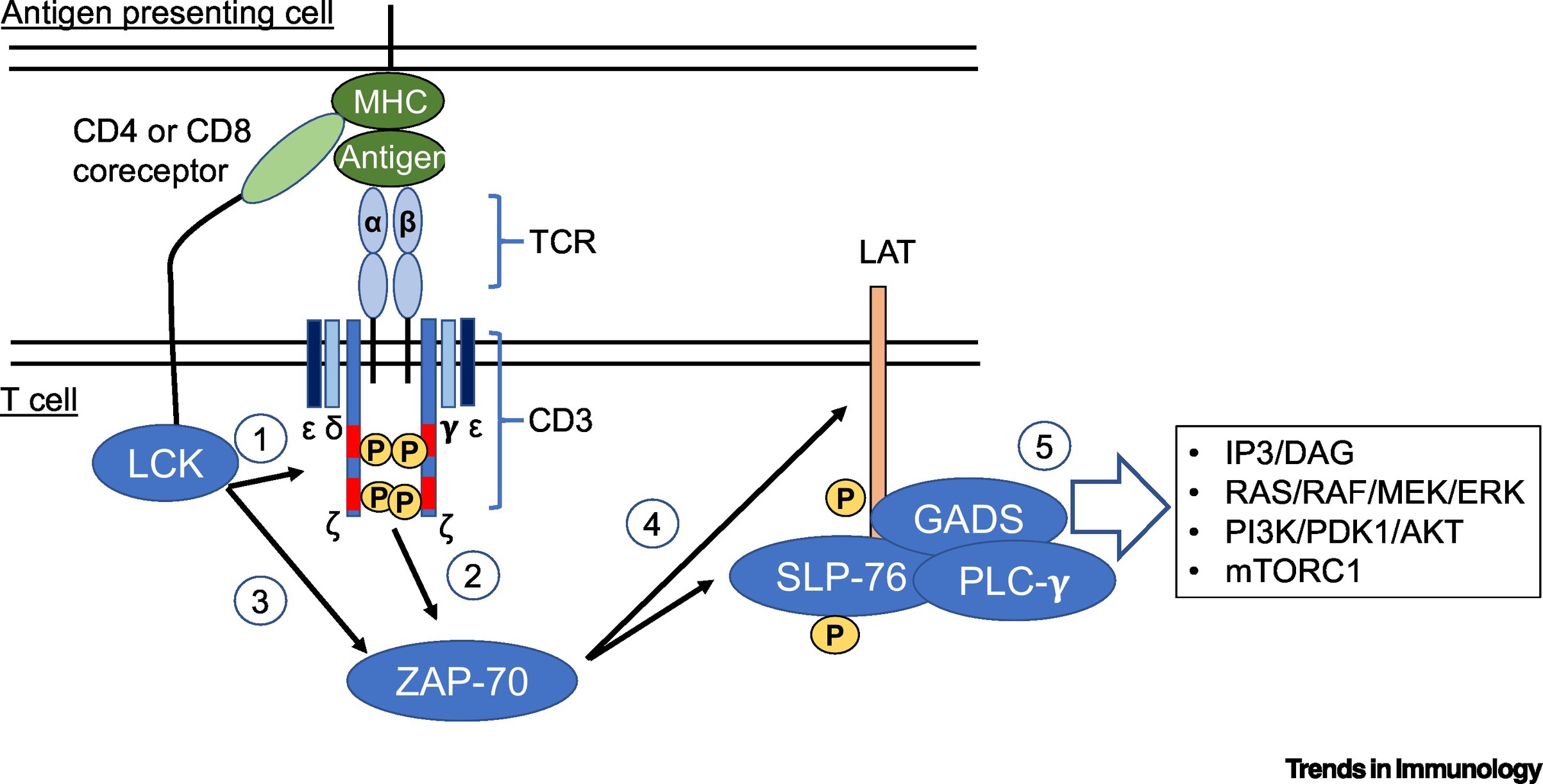In the clinical field, anti-CD8 antibodies are used to modulate the function of CD8⁺ T cells, thereby intervening in immune responses. For example, in organ transplantation and autoimmune disease research, depleting or inhibiting the activity of CD8⁺ T cells can mitigate cytotoxic immune responses, reducing rejection or immune-mediated damage. On the other hand, in tumor immunotherapy, anti-CD8 antibodies can be used to label and track tumor-infiltrating lymphocytes (TILs), helping to assess the strength and characteristics of the immune response. Simultaneously, in the in vivo CAR field, CD8 is also a commonly targeted protein. Furthermore, imaging tracers based on anti-CD8 antibodies are under development for the dynamic in vivo monitoring of T cell distribution, guiding the evaluation of immunotherapy efficacy.

Several applications of anti-CD8 antibodies have been validated in academic and clinical research. For instance, antibodies like OKT8 and RPA-T8 are widely used in flow cytometry and immunohistochemical staining to analyze the proportion and localization of CD8⁺ cells. In preclinical studies, radiolabeled anti-CD8 antibodies (such as ⁸⁹Zr-DFO-anti-CD8) have been used for PET imaging, enabling non-invasive monitoring of T cell dynamic migration to predict the responsiveness and efficacy of immunotherapy. In animal experiments, blocking anti-CD8 antibodies have also been used to temporarily deplete CD8⁺ T cells.
Recently, Capstan Therapeutics launched a targeted CD8 in vivo CAR product and initiated a Phase I clinical trial. Their lead candidate, CPTX2309, involves delivering mRNA encoding an anti-CD19 chimeric antigen receptor (CAR) via tLNP to CD8⁺ cells (i.e., CD8⁺ cytotoxic T cells), thereby engineering these CD8⁺ T cells in vivo to become CAR-T effector cells capable of recognizing and clearing CD19⁺ B cells. In the initiated Phase I trial, CPTX2309 will be evaluated in healthy subjects for its safety, tolerability, pharmacokinetics/pharmacodynamics (including the depletion and recovery of peripheral B cells), etc.
Compared to traditional antibodies, anti-CD8 nanobodies demonstrate significant advantages in development and application. Nanobodies are derived from heavy-chain antibodies of camelids, consisting only of a single variable domain (VHH), with a molecular weight of approximately 15 kDa, much smaller than the 150 kDa of traditional IgG. This small size allows for better tissue penetration, achieving more uniform distribution and faster clearance, particularly in solid tumors or immune tissues. Due to their high stability and good solubility, nanobodies offer higher signal-to-noise ratios and shorter background clearance times in molecular imaging and cell tracking. For example, ⁶⁸Ga or ¹⁸F-labeled anti-CD8 nanobodies have been used for PET imaging, accurately reflecting the distribution of CD8⁺ T cells within a short time frame. As targeting molecules for CARs, nanobodies also offer convenience in construction and flexible configuration.
However, developing CD8 antibodies presents certain challenges. Firstly, the structure and glycosylation modifications of the CD8 protein differ among T cell subsets, making the selection of antibody epitopes challenging. Secondly, the CD8 molecule interacts closely with the TCR-MHC complex; antibody binding might interfere with its physiological function, thus requiring precise distinction between functional blocking antibodies and non-blocking antibodies. Thirdly, CD8 is widely expressed on normal immune cells; systemic blockade or depletion could lead to immunosuppression and increased risk of infection, limiting its safety as a therapeutic antibody. Additionally, because CD8 is a highly conserved membrane protein, cross-reactivity in animal models for evaluating humanized antibodies is often low, posing experimental constraints for drug development. Therefore, the immunization strategy and screening plan must be designed with extra caution in the early stages of antibody discovery.
NBLST possesses pDual phage display technology, which, building upon the efficient development of traditional phage display, seamlessly connects to mammalian cell surface display production, significantly improving the efficiency of screening out problematic molecules. Meanwhile, the NabLib® mammalian cell display technology not only enhances the developability of screened molecules but also allows flexible selection of antibody screening formats, providing better assurance for downstream antibody application and detection.
Concurrently, NBLST offers an off-the-shelf CD8 immune library. After completing alpaca immunization, we collect whole blood, isolate PBMCs, and freeze them as a cell bank. Clients can bypass the lengthy immunization period and proceed directly to the screening process, greatly saving antibody development time. Through customized screening services, obtain multiple antibody molecules that best meet the application requirements.

Translation: ELISA Serum Titer Detection Post-Second Immunization for the Off-the-Shelf CD8 Immune Library
Wuhan Nano Body Life Science and Technology Co. Ltd. (NBLST) is a nanobody industry platform established under the initiative of the Wuhan Industrial Innovation and Development Research Institute. Its headquarters is located in the main building of the Wuhan Industrial Innovation and Development Research Institute in the East Lake High-tech Development Zone, Wuhan. It boasts a 1400 m² independent laboratory in the Precision Medicine Industrial Base of Wuhan Biolake. Additionally, NBLST has established alpaca experimental and transfer bases in Zuoling, Wuhan, and Tuanfeng, Huanggang, both compliant with laboratory animal standards. These bases currently house over 600 alpacas, providing "zero-immunization-background" guaranteed alpaca immunization services for research institutions and antibody drug development companies.
NBLST focuses on the development, engineering, and application of nanobodies, and is dedicated to building an integrated public experimental service platform for production, education, and research. It possesses a full-chain technology platform encompassing antigen preparation (peptides, proteins, and RNA), antibody discovery and engineering, through to biological function validation/screening. The RNA antigens include RNA structurally and sequentially optimized for alpacas. Antibody discovery and engineering services employ multiple technological routes, including phage display, RNA, and mammalian cell display. Through cross-complementation of multiple platforms, it provides flexible antibody discovery and engineering services for pharmaceutical companies and research institutes, facilitating the development of drug reagents.
If you require our services, please feel free to contact us via email: marketingdept@nanobodylife.com







